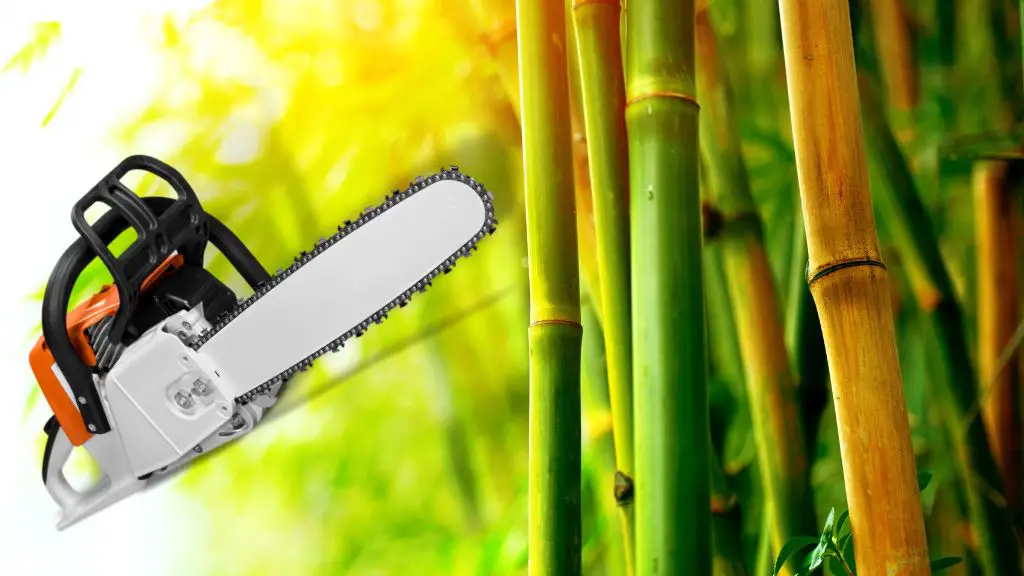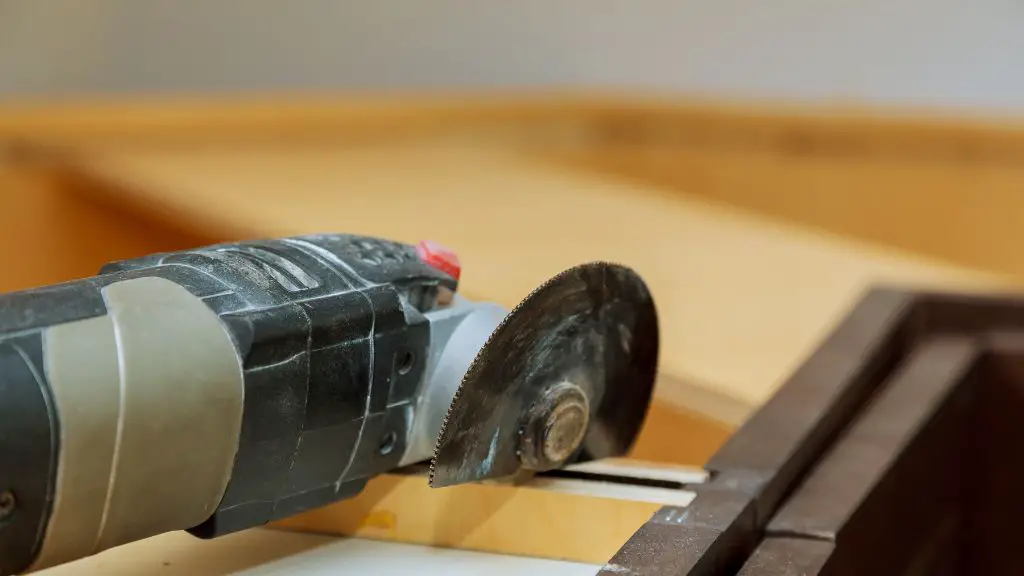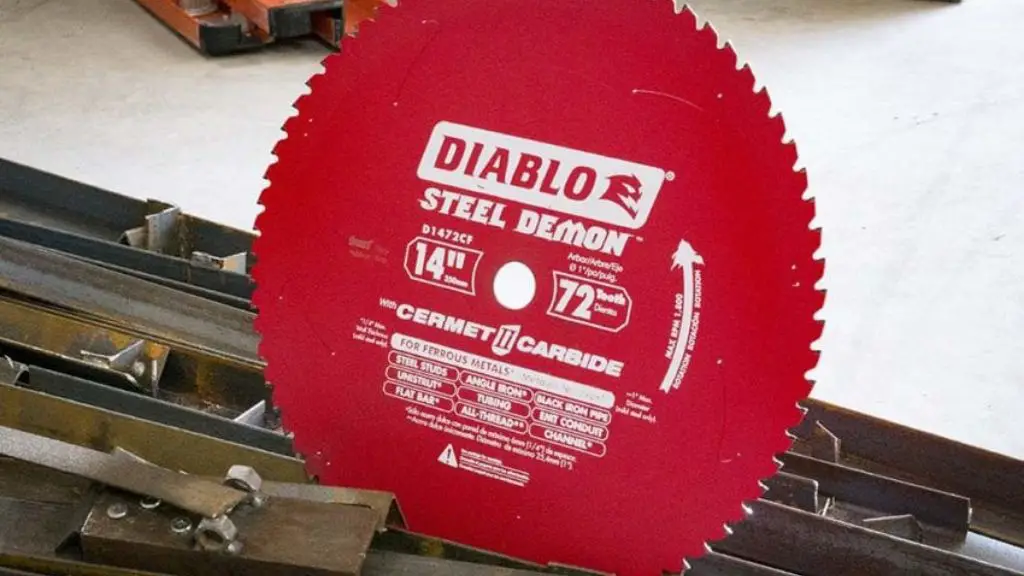Bamboo cutting has been around for years and you can create beautiful projects with this material. There are different tools that you can use when it comes to cutting bamboo. So, choosing the right tool for the cutting process is important so that you will get the best result possible. A chainsaw is one of the tools that most households have handy in their home. This is why some people ask themselves, ‘can you cut bamboo with a chainsaw?’ Well, I have got the answer for you!
Yes, you can cut bamboo with a chainsaw. With a chainsaw, you can cut down the entire thicket but you would need technical skills to get the job done right. Since bamboos are thin stalks they are easy to cut so it is best to use caution while you cut them with a chainsaw.
In this article, I will talk about what you should know when it comes to cutting bamboo with a chainsaw. Aside from that, I will discuss what other things you need to keep in mind when cutting bamboo with a chainsaw. Lastly, you will know the do’s and don’ts when it comes to cutting bamboo and what you should prepare to get the best result possible.
Cutting Bamboos Using a Chainsaw: What to Know
Bamboos are cut upright and this is called felling. For you to use a chainsaw for cutting bamboo, it would require tactical knowledge on how to control it. Felling bamboo would need plenty of technical skill since it would splinter easily. This happens because there is plenty of silica present on bamboo.
Yes, you can use a chainsaw to cut bamboo but you would need extra precaution to do it properly. It will require you to understand different principles about running a chainsaw properly through bamboo.
Bamboo has a hollow nature so when you are cutting it with a chainsaw it can splinter easily. Aside from that, it can cause damage to the bamboo which can lead to it being unusable.
Felling Larger Diameter of Bamboo in High Volumes With a Chainsaw
If you are working with a larger diameter of bamboo in high volumes, a chainsaw will come in handy. It is best to work with high volumes of bamboo since you would need the speed and efficiency that a chainsaw provides.
If you are just cutting a small amount of bamboo, it is not advisable to use a chainsaw. Again, bamboo is hollow, light, and contains plenty of silica which can splinter easily during the cutting process.
Preparing Your Bamboo for Cutting
Preparing your bamboo for cutting is one of the crucial steps that you should keep in mind so that you will get the best result possible. Make sure you use a black marker or masking tape to mark where you will cut.
Be sure that you open the loopers and set them precisely where you have labeled them on the first step. The bamboo should also be positioned deep into the loopers as much as you can. Also, keep in mind that you shouldn’t snip through the bamboo but you should cut through it.
Removing Any Unwanted Branches from Bamboos
Removing any unwanted branches is called limbing. You can remove the unwanted branches from standing or fallen trees. Also, it should be done horizontally from the ground up so that you can prevent leaving any undesirable stubs.
Now, this is not done as often as you would think since bamboo only grows at the same time each year.
Cutting Bamboos Into Smaller Pieces
When it comes to cutting bamboo into smaller pieces, it would be more suitable for woodwork except for jigsaws. If this is not done correctly, it will result in splinters so in this process you would need to use a chainsaw.
Using a chainsaw can get you a high level of precision in cutting the bamboo. If you use a saw when cutting bamboos into smaller pieces, you will end us with splintered results.
During this process, you would need to use a vise or clamp so that the bamboo wouldn’t move. It will keep the bamboo from rolling and you can also use your hands or legs to keep them in place. However, I would highly advise using a clamp since it offers better balance than using your hands or legs.
Using a clamp will also lessen the risk of obtaining any injuries happening during the cutting process.
The Do’s and Don’ts You Should Know When Cutting Bamboo
There are a couple of do’s and don’ts when it comes to cutting bamboo that you should take note of. Before you go ahead and start the process, be sure to keep these things in mind so that you will get the best result possible for your bamboo material.
The first and most important thing that you should keep in mind is to place your bamboo on a raised flat surface during the cutting process. Also, don’t cut the bamboo wet, and be sure to wrap the bamboo cutting point with a table to prevent any splintering from happening.
Clamp down the bamboo, as I’ve mentioned above, since it will ensure that the bamboo is in place while you are cutting it. If you don’t do this, you will have a huge chance of the bamboo rolling away when you are in the cutting process and it can lead to injuries.
Always wear protective gear while you are in the cutting process. Also, don’t overextend your arms while cutting using chainsaws since they will tire easily. Aside from that, there’s a huge chance that you can injure yourself.
Be sure that you keep the cutting tools sharpened before using them and remember that a little force will go a long way. Having sharpened tools will also be more efficient when it comes to cutting the bamboo material.
When you’re done, make sure that you clean your chainsaw before you store them. Be sure to keep a firm grip on your chainsaw while cutting the bamboo. Always remember to cut at the base too close to the ground.
Doing this will lead to terrible working conditions for the chainsaw operator. If you are working with very small pieces, make sure that you switch to using knives, machetes, or an ax.
Keeping these dos and don’ts in mind will make sure you will get the best possible result when it comes to cutting your bamboo with a chainsaw. It will also ensure your safety during the process. Be sure to make a checklist of what you need to do first before you start your project.
Cutting Bamboo the Safe and Right Way: The 101 to Know
As you may have determined so far, bamboo is not that difficult to work with as long as you follow the proper steps. Make sure that you use the right tools such as the following:
- Chainsaws
- Machetes
- Cordless Reciprocating Saws
- Pruners
Remember that bamboo can quickly spread so make sure that you mow your surroundings in advance. Doing this will stop young shoots from growing so you would need to focus on larger stalks that are already present in the area.
Always remember to sanitize your working area and tools every time since this step usually gets skipped. Sanitizing your tools in advance will prevent any disease from spreading in your workplace. This should be done regularly, whether you are pruning bamboo or mowing the grass.
Always know where you should cut, which is very crucial when it comes to cutting bamboo. You can cut between the nodes since it will be easier to cut and it can help grow the bamboo easier. Use painter’s wrap on your bamboo before you cut so you have a guide.
Now, placing a painter’s wrap on the bamboo is not necessary but it will be helpful especially when your bamboo is tearing up. It can also help the cutting result look nice when you use a little tape to help bamboo from splintering.
Be sure to cut at a 45-degree angle so that you can avoid any splits or cracks from happening while you are in the cutting process.
Knowing the right and safe way to handle cutting bamboo will not only save you time but also keep you safe during the cutting process. Handling a chainsaw is not an easy job to do so you need to make sure that you take proper precautions when getting the job done right.
Final Thoughts
Cutting bamboo is no joke since they splinter easily and have plenty of silica present in them. You would need technical skills to make sure that you will get the best possible result when you are done cutting your bamboo. Now, you can use chainsaws to cut them but it would be possible when you are cutting a couple of bamboo at one time. You can use knives, machetes, or axes if you are just working with one bamboo at a time so that you can avoid splintering from happening.

I have always loved sawing and cutting. I started doing it when I was a kid and never stopped. I love the feel of the wood beneath my hands, the smell of the sawdust, and the satisfaction of creating something beautiful.
I’ve been writing for quite some time now and thoroughly enjoy sharing my passion with others. I’ve written for both online and offline publications – such as Amazon and Medium.





